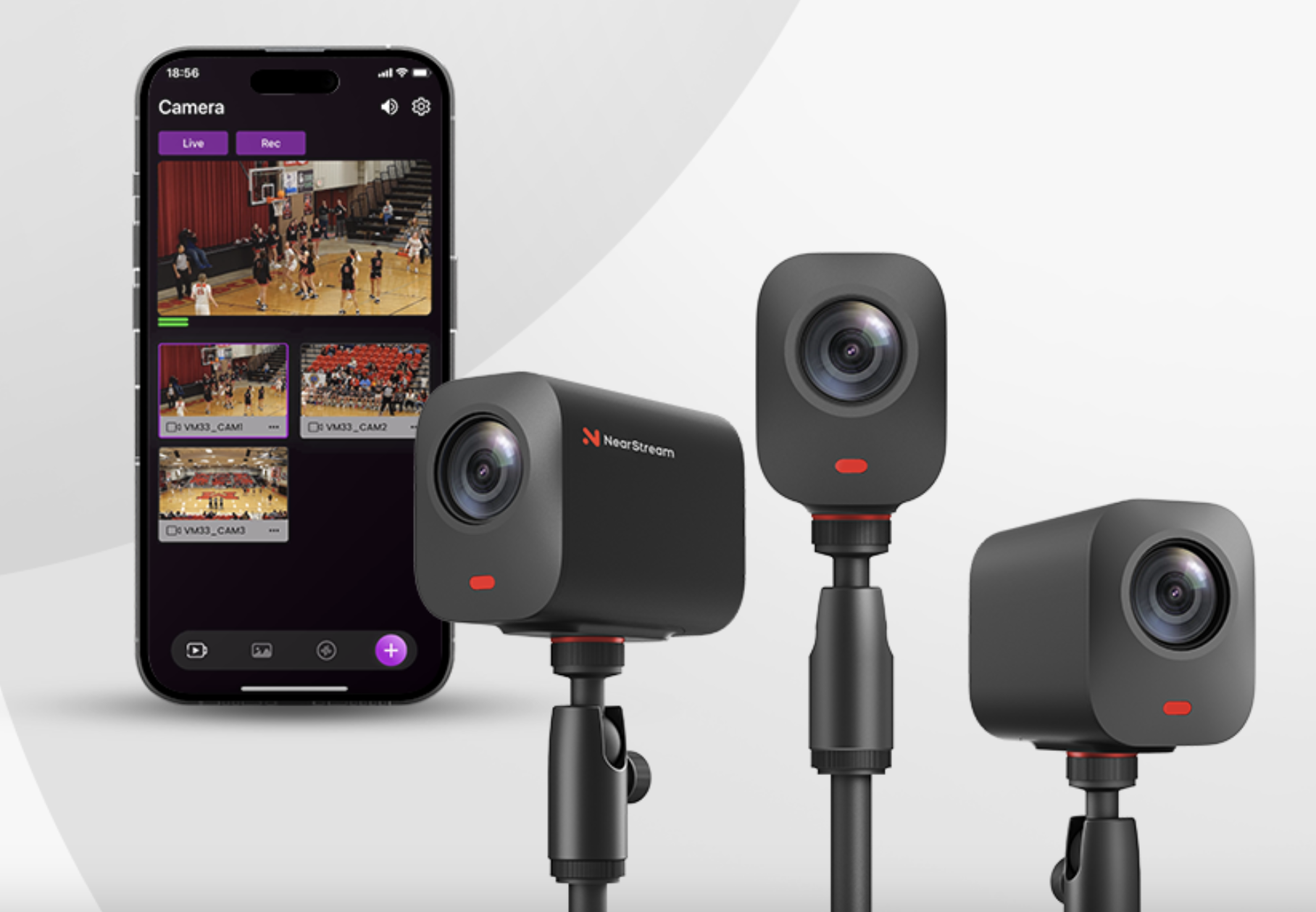Intro
In the dynamic world of digital content creation, live streaming has become a pivotal medium for engaging audiences. As technology evolves, content creators seek innovative ways to elevate the live streaming experience. One such avenue is the use of multi-camera setups, providing a gateway to immersive storytelling and comprehensive event coverage.
This blog explores the why, how, and challenges of live streaming with multi-camera, offering insights into the equipment required and a step-by-step guide for a seamless setup. Delve into the transformative potential of multi-camera streaming.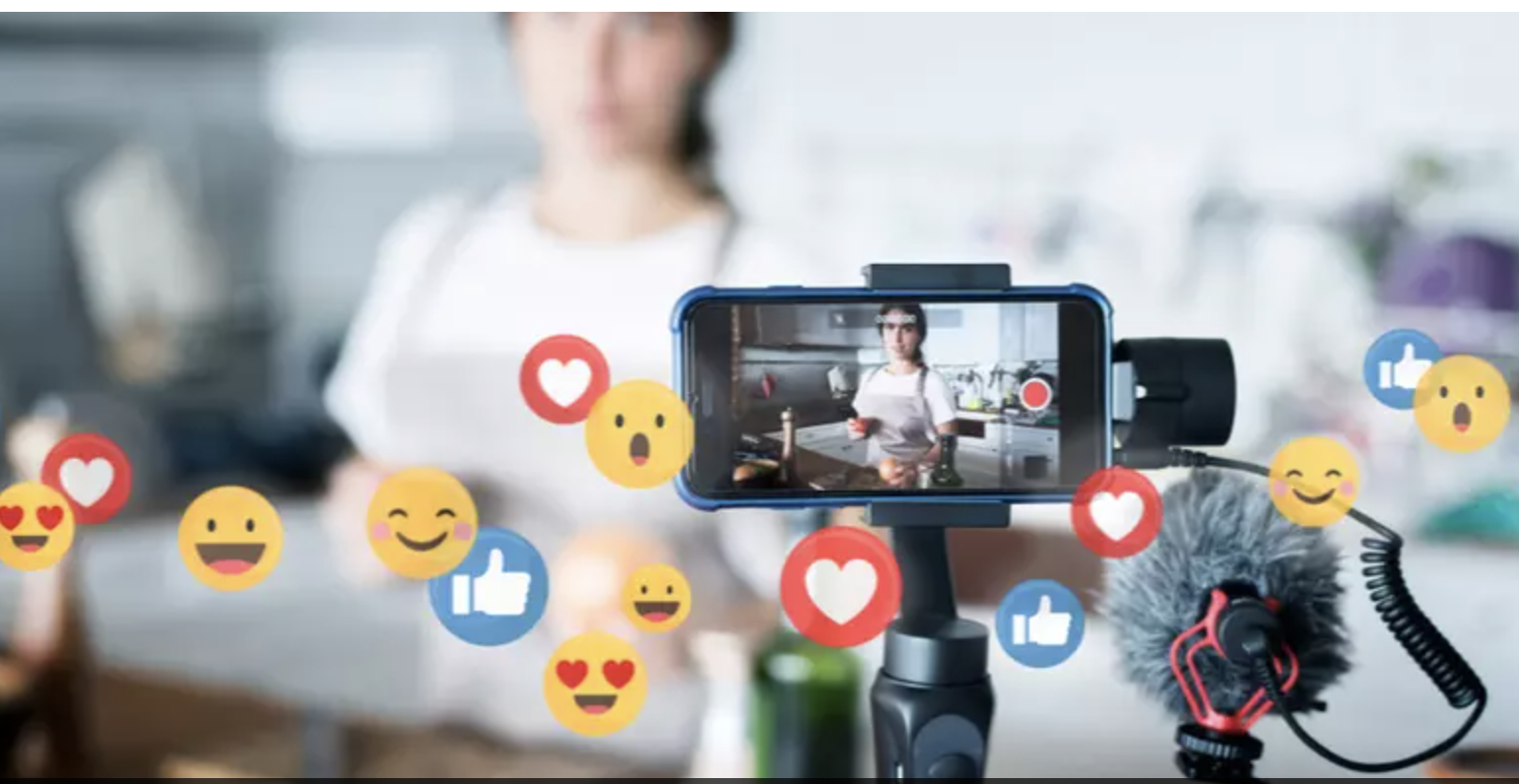
Why Use Multi-Camera for Live Streaming?
Multi-camera is becoming increasingly popular in various fields of live streaming due to its irreplaceable advantages, which cannot be achieved with a single camera. Here are some reasons provided :
1. Immersive Viewing Experience
Multi-camera setups offer an immersive and dynamic viewing experience by transcending static viewpoints. Audiences can witness content from various angles, creating a sense of being present at the heart of the action. This interactivity enhances engagement and viewer satisfaction.
2. Comprehensive Event Coverage
In addition to capturing live events and performances, multi-camera streaming ensures comprehensive coverage. No crucial moment is missed, providing depth and richness to the viewer's experience. This completeness is particularly valuable for dynamic scenarios, delivering a more thorough narrative.
3. Shot Composition and Offline Adjustments
Multi-camera setups allow for efficient shot composition, optimizing visual storytelling. Offline adjustments enable fine-tuning without interrupting the live stream, ensuring quick adaptation if one camera's view is obstructed or compromised.
4. Redundancy and Fallback Angles
Providing backup angles, the system prevents disruptions if someone blocks a camera view, ensuring continuous streaming even amid unexpected obstructions. This redundancy enhances reliability, maintaining a seamless viewer experience.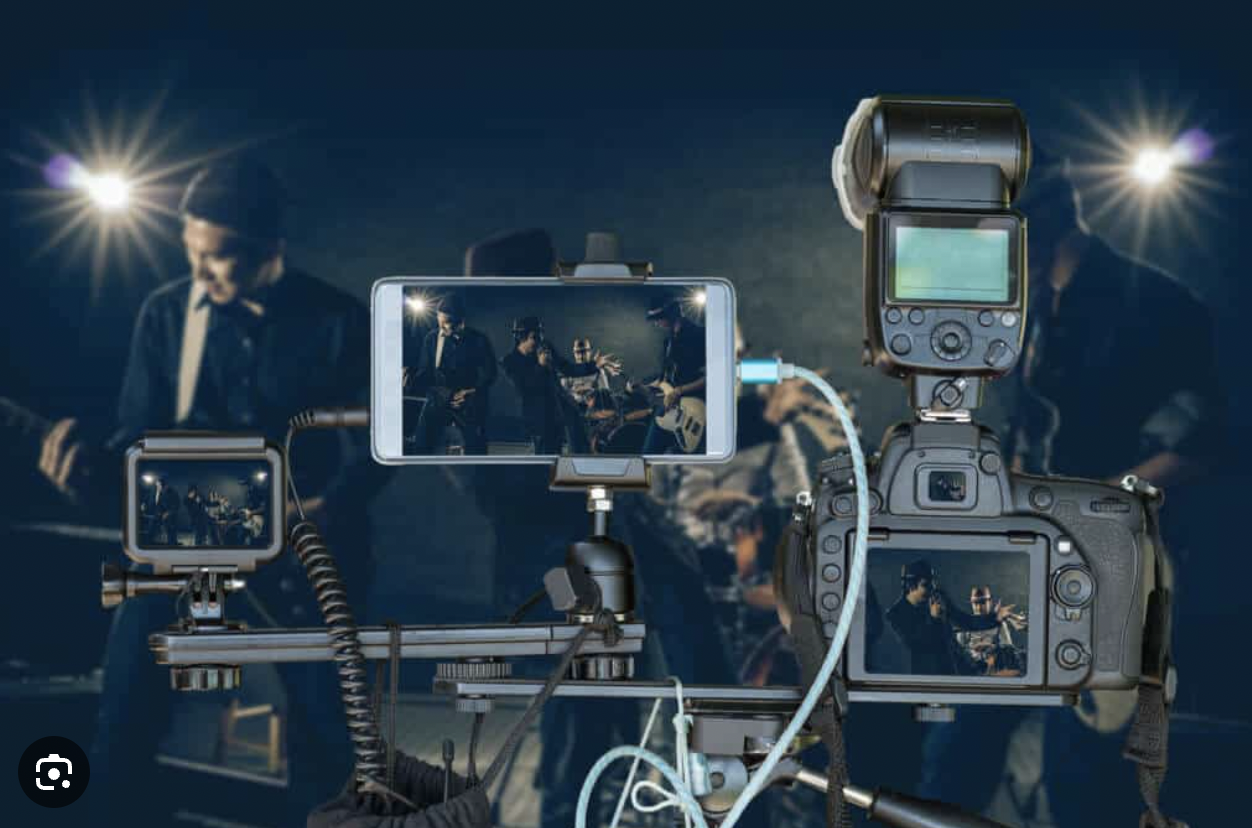
Challenges for Multi-Camera Live Streaming
However, in the application process of multi-camera, there will also be challenges that users need to face.
Implementing a multi-camera streaming setup introduces technical complexities. Coordinating multiple cameras, ensuring synchronization, and managing data flow can be challenging. Technical glitches, such as latency issues or synchronization errors, may arise.
Multi-camera streaming demands higher resource utilization. Each additional camera requires more processing power, storage capacity, and network bandwidth. This increased demand can strain equipment and lead to performance issues.
Coordinating multiple cameras in real time requires effective communication and coordination among the production team. Miscommunication or errors in cueing can disrupt the flow of the stream, impacting the viewer experience.
Equipment for Multi-Camera Live Streaming
To establish an effective multi-camera live streaming setup, you'll require the following equipment:
Cameras
Multiple high-quality cameras are crucial for capturing diverse angles simultaneously, enhancing the richness of live-streamed content. Opt for cameras with suitable resolution and low-light performance to accommodate varied shooting environments. Compatibility with your video switcher and capture cards ensures seamless integration, facilitating smooth operation and dynamic switching.
Audio Devices
Investing in quality microphones is paramount for capturing clear and immersive audio from various sources during live streaming. Consider utilizing lavalier microphones for individual speakers or performers to ensure optimal sound quality. Audio mixers may be essential to balance and enhance audio, providing a professional auditory experience.
Video Switcher
A video switcher plays a pivotal role in live streaming, enabling seamless transitions between different camera feeds. When selecting a switcher, ensure it aligns with the number of camera inputs required for your setup. Compatibility with chosen cameras and capture cards is critical for achieving a streamlined and effective multi-cam live streaming experience.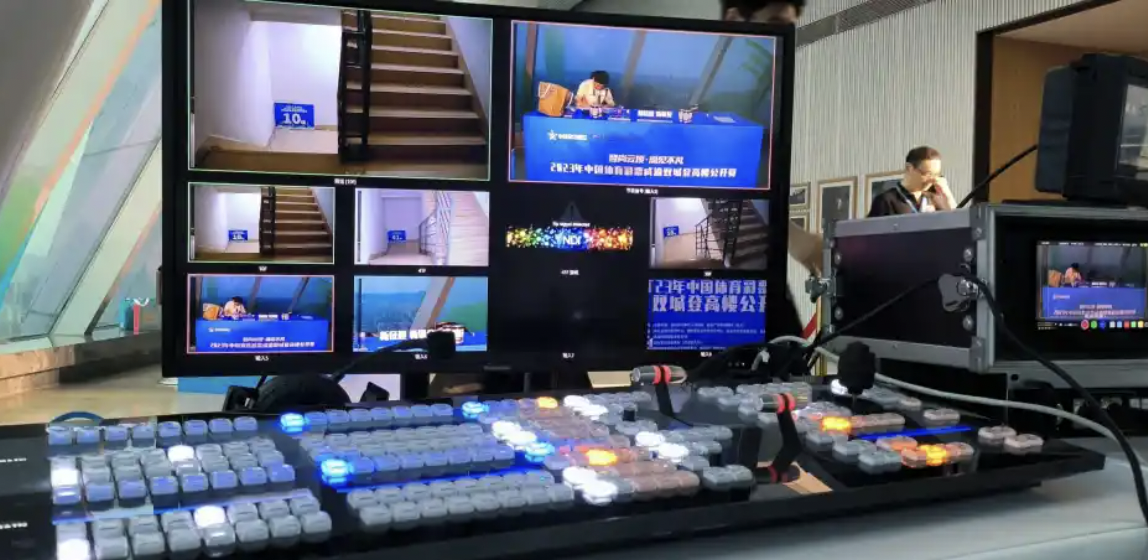
How to Set Up Multi-Camera Live Streaming?
1. Prepare Equipment
Before your live stream, clarify the purpose, meticulously select cameras and audio devices, and configure streaming software. This thoughtful planning ensures a seamless setup that aligns with your content objectives, enhancing the overall quality of the live broadcast.
2. Test and Rehearse
Prioritize a stable internet connection, and rehearse transitions, timing, and lighting. A comprehensive run-through, including contingency plans, prepares you for potential issues, ensuring a polished and glitch-free live stream.
3. Execute Transitions and Timing
During the live broadcast, execute planned transitions between camera angles. The emphasis is on maintaining smooth timing and coordination, providing viewers with a professional and engaging visual experience.
4. Monitor Audience Feedback
Pay close attention to audience feedback during the live stream. Adapt in real-time based on reactions and preferences, creating a dynamic and responsive interaction that keeps viewers engaged and satisfied throughout the broadcast.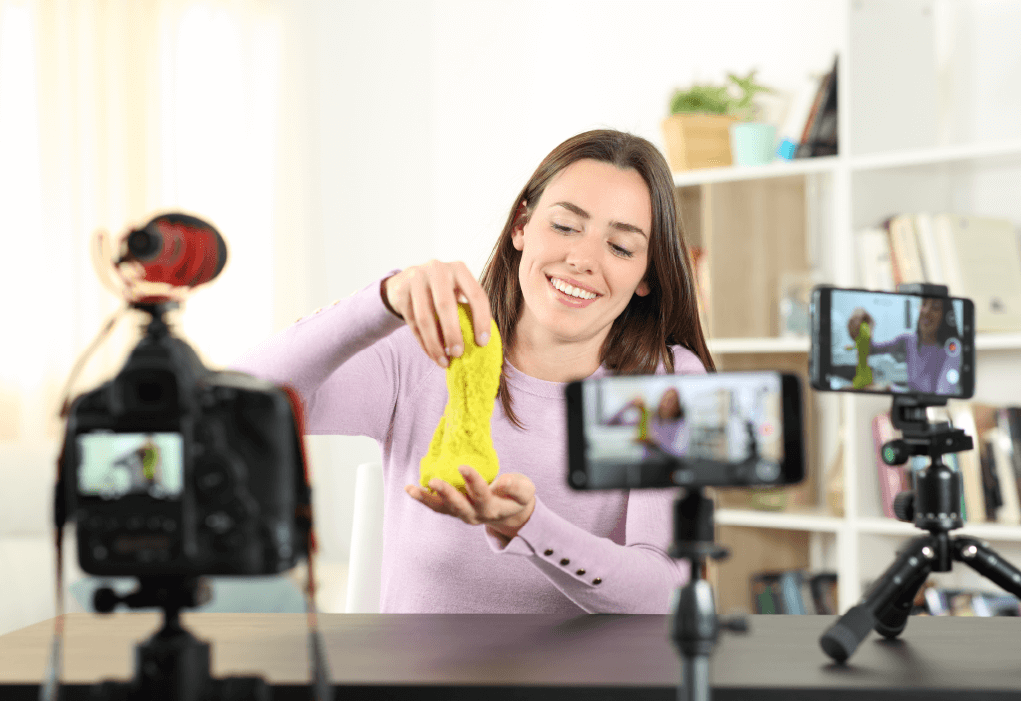
Conclusion
Live streaming with multi-camera offers a gateway to captivating and immersive content creation. By navigating challenges and leveraging the right equipment, content creators can elevate their live streams, providing audiences with a visually rich and engaging experience. Embrace the potential of multi-camera streaming to unlock new possibilities in the ever-evolving landscape of digital content creation.
About NearStream Multi-Camera VM33
In the realm of multi-camera production solutions, NearStream VM33 stands out as an exemplary choice for diverse scenarios, offering seamless support for up to 12 cameras. This powerful system effortlessly captures every angle, ensuring viewers experience an immersive and engaging journey.
With its capability for high-quality streaming at 1080P and QHD 1440P recording, VM33 excels in delivering exceptional clarity and detail. The added flexibility of the NearStream app facilitates mobile live streaming, equipped with a multi-camera auto director for dynamic coverage.
Noteworthy for its rapid setup process, taking mere minutes, and featuring a user-friendly interface, VM33 empowers broadcasters to go live promptly and concentrate on delivering top-tier content without unnecessary delays, making it an ideal solution for a variety of live streaming scenarios.